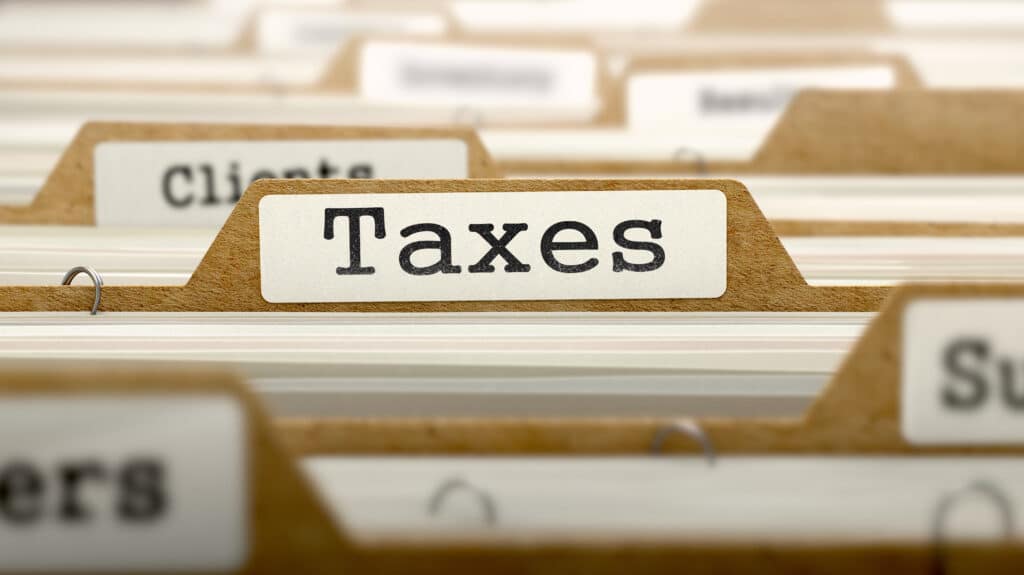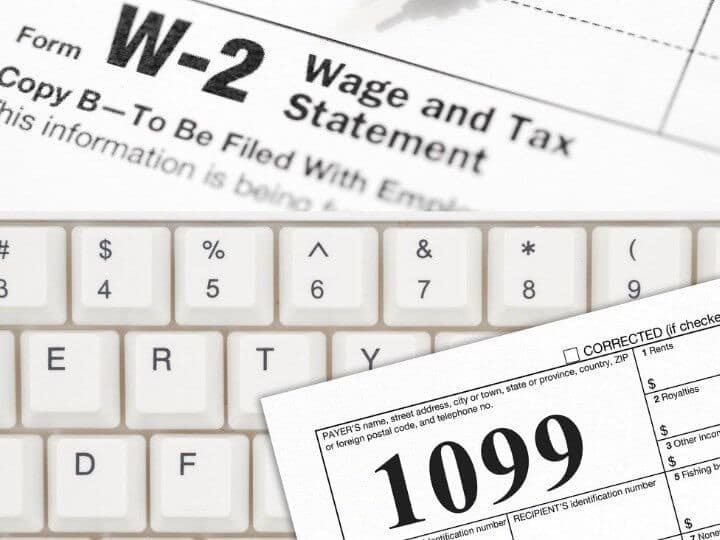Blog
The Hidden Threat of Embezzlement in Dental Practices: What You Need to Know
Dental embezzlement is a serious problem that affects thousands of practices across the United States and Canada each year. While it’s easy to assume that embezzlement is a rare occurrence, the reality is that many practice owners are unaware of the risks and signs, allowing the theft to continue unchecked. In fact, it’s estimated that approximately 10,000 dentists will fall victim to embezzlement annually.
Despite its prevalence, embezzlement remains underreported, with many dental practices either not recognizing the signs or failing to take action when red flags appear. As a practice owner, it’s crucial to understand the scope of this issue and take proactive steps to protect your practice from financial harm.
Why Dental Practices Are Targeted
Dental offices, like any small business, handle a significant amount of cash flow on a daily basis. Between patient payments, insurance reimbursements, and various other financial transactions, there are numerous opportunities for unscrupulous individuals to divert funds for their personal gain. What makes dental practices particularly vulnerable to embezzlement is the lack of oversight in certain financial operations. This includes areas such as cash handling, billing, adjustments to patient accounts, and the use of practice management software.
Furthermore, the close-knit nature of a dental team—where trust is paramount—can sometimes make it difficult for owners to suspect foul play. Employees in positions of trust, such as office managers, bookkeepers, or treatment coordinators, may take advantage of the opportunity to misappropriate funds if there are not sufficient checks and balances in place.
The High Cost of Embezzlement
Embezzlement can have a devastating financial impact on a dental practice. The theft itself can range from a few thousand dollars to significant sums, depending on the size of the practice and the scale of the embezzlement. However, the true cost of embezzlement goes far beyond the money stolen. The damage caused can affect your practice in several ways:
- Financial Strain: The immediate financial loss can cause cash flow issues, especially if the embezzlement has been going on for months or even years.
- Reputation Damage: If word spreads that your practice has been a victim of embezzlement, it can severely damage your reputation with both patients and staff.
- Disruption to Operations: Investigating and rectifying the situation can take up valuable time and resources, pulling attention away from patient care and practice growth.
- Legal Costs: If the embezzler is caught and prosecuted, legal fees can quickly add up. In some cases, a practice may also be liable for the actions of employees, further complicating matters.
How to Protect Your Practice
While dental embezzlement is a serious risk, there are proactive steps you can take to safeguard your practice without immediately jumping to a full audit. If you suspect that your practice may be vulnerable or want to ensure your financial practices are secure, a low-cost assessment can help you determine whether a full investigation is warranted. This assessment can offer peace of mind by identifying early warning signs and suggesting areas for further scrutiny, without the financial strain of a comprehensive audit.
Here are a few steps you can take to assess the health of your practice and protect it from potential embezzlement:
- Monitor Your Financial Controls: Regularly check areas like the comparison between collections and deposits, adjustments to patient accounts, and the audit trail in your practice management software. A preliminary review can uncover discrepancies early on.
- Conduct a Low-Cost Financial Assessment: Before committing to an in-depth audit, consider using a more affordable, initial assessment to evaluate your financial controls. This can help identify areas of concern that may warrant further investigation.
- Establish Regular Internal Reviews: Ensure that your financial practices are regularly reviewed by someone outside of the everyday operations, like an independent professional. A routine, external review of your practice’s financial health can serve as a preventative measure against embezzlement.
- Maintain Transparency and Accountability: Clear policies and regular checks on finances can deter fraudulent behavior. Be proactive in setting expectations for financial transparency across your team.
What to Do if You Suspect Embezzlement
If your initial review or internal assessment suggests potential issues, the next step is to conduct a thorough investigation. Embezzlement is a serious concern, and it’s critical not to delay taking action. If you’re uncertain about how to proceed, there are resources available that can provide expert guidance on the next steps. A low-cost financial assessment is a great starting point for practice owners who want to get a clearer picture of their financial health without committing to an expensive audit. If the results point to potential embezzlement, you can then decide if a more extensive investigation is necessary.
Should you need additional assistance, we can refer you to trusted professionals who specialize in dental practice financial audits and embezzlement investigations.
Conclusion
Dental embezzlement is a pressing issue that can cause severe financial and operational damage if left unaddressed. Fortunately, with proactive measures and the right resources, you can minimize the risk to your practice. A low-cost financial assessment is an excellent first step in identifying potential problems before they escalate into more significant issues. If you’re concerned about the possibility of embezzlement or simply want to ensure your practice’s financial controls are in top shape, don’t hesitate to reach out. Taking a proactive approach to your practice’s financial health now can save you from bigger headaches down the road.
If you’re interested in learning more about how this assessment can help you protect your practice, feel free to contact us for more information. We’re here to help you navigate these challenges and safeguard your practice’s future.
Note: The material and contents provided in this article are informative in nature only. It is not intended to be advice and you should not act specifically on the basis of this information alone. If expert assistance is required, professional advice should be obtained.






